Australian students make history sending algae to Space Station
Australian students are celebrating the successful lift off of their history-making space mission, as their algae experiment heads to the International Space Station in a bid to grow a greener future
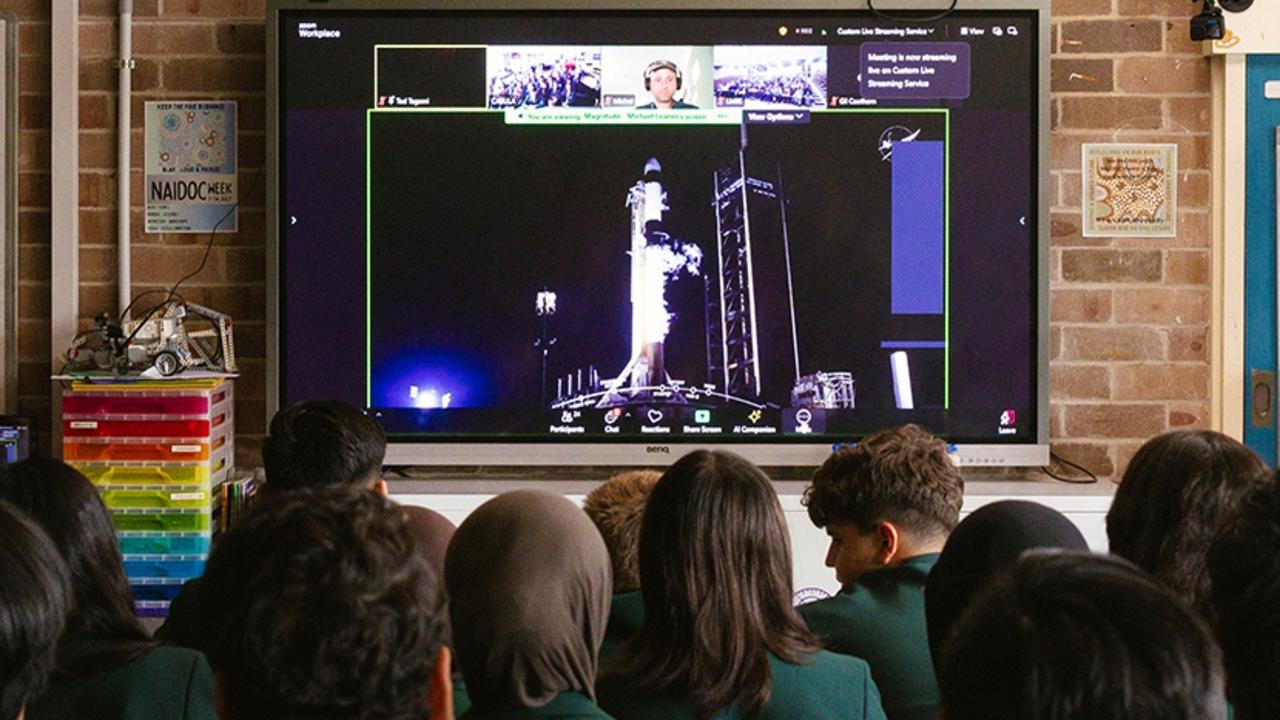
READING LEVEL:
Australian kids made history this week sending life-giving algae* to the International Space Station in a bid to create a greener future on Earth.
Sydney students from Seven Hills High School and Casula High School cheered and applauded at precisely 1.29pm AEDT on Tuesday as the inaugural* Powerhouse-1 space mission successfully lifted off from the Kennedy Space Centre in Florida, carrying two shoebox-sized containers of an ancient species of microalgae*.
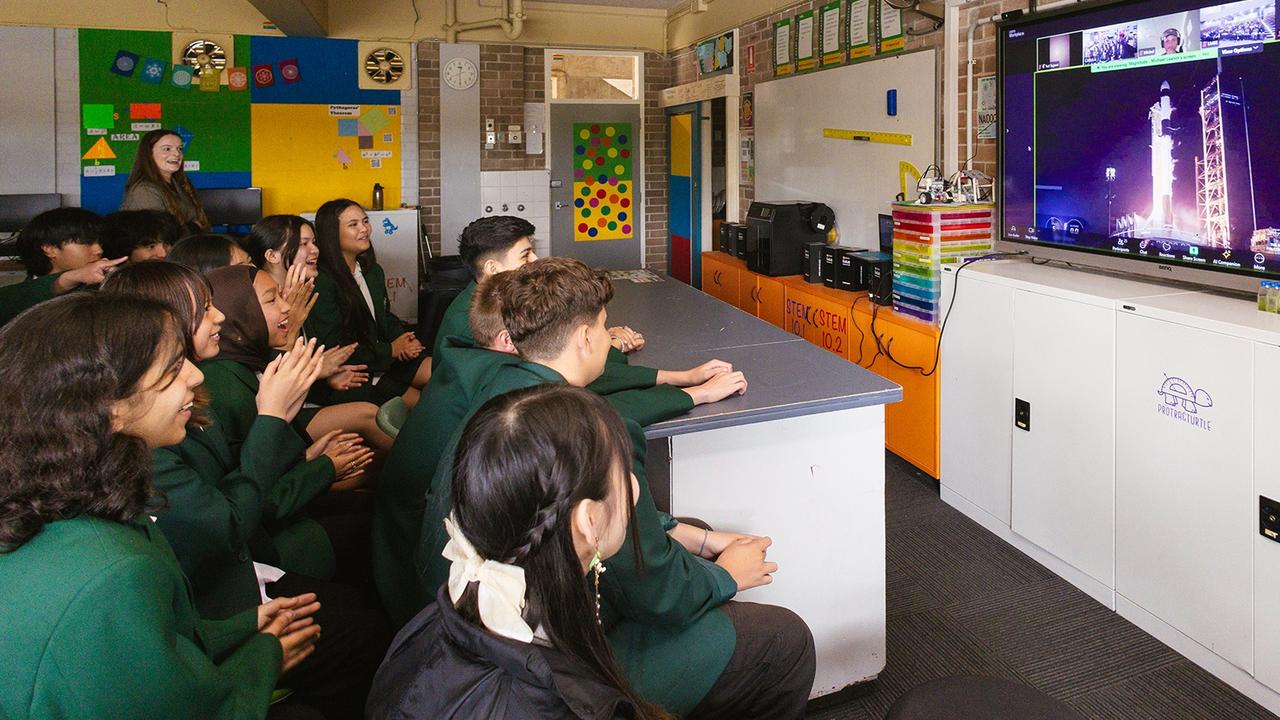
The Australian student-designed experiment left Earth on the SpaceX-31 Cargo Dragon spacecraft for a 30-day mission to space, marking the culmination* of the three-year Powerhouse: Future Space program.
The 2023 Powerhouse Design For Space Challenge saw students design and pitch original microgravity experiments to space industry professionals. Some student submissions included an investigation into the impacts of microgravity on microbial* resistance; the development of insulin*; the development of neurons* and the growth of mould.

Casula High School’s Algae in Microgravity experiment was selected for the International Space Station mission to test the students’ theory that algae grows faster in orbit than on Earth.
If their assumptions prove correct, the project could present possibilities for space-grown algae to be used in food, medicines and biofuels* during interplanetary travel — and to improve environmental conditions on Earth and Mars.

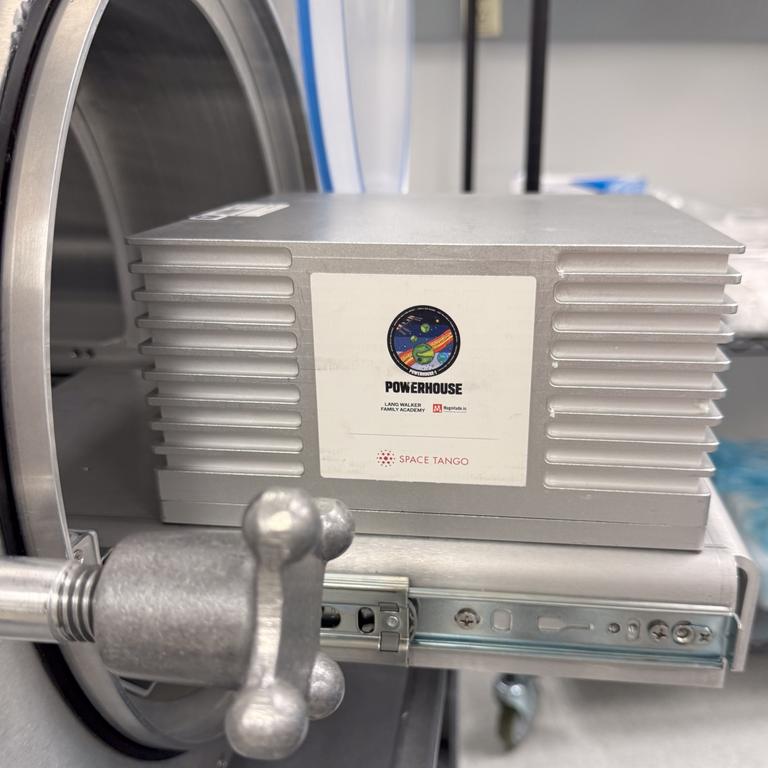
Casula High School STEM teacher Lexie Rouen said students were “excited to work on real world experiments that have actual applications for the future”.
“Students were always blown away by the fact that the work we were doing was adding to actual data being collected and used worldwide,” Ms Rouen said. “All of this is above and beyond what we can normally achieve inside a classroom.”
Over the past three years, Future Space students have enjoyed such unique experiences as sessions with Australia’s first female astronaut Katherine Bennell-Pegg, meeting Gamilaraay astrophysicist Karlie Noon and NASA scientist Dr Adrian Brown, as well as working with leading technicians and cutting-edge space technology.
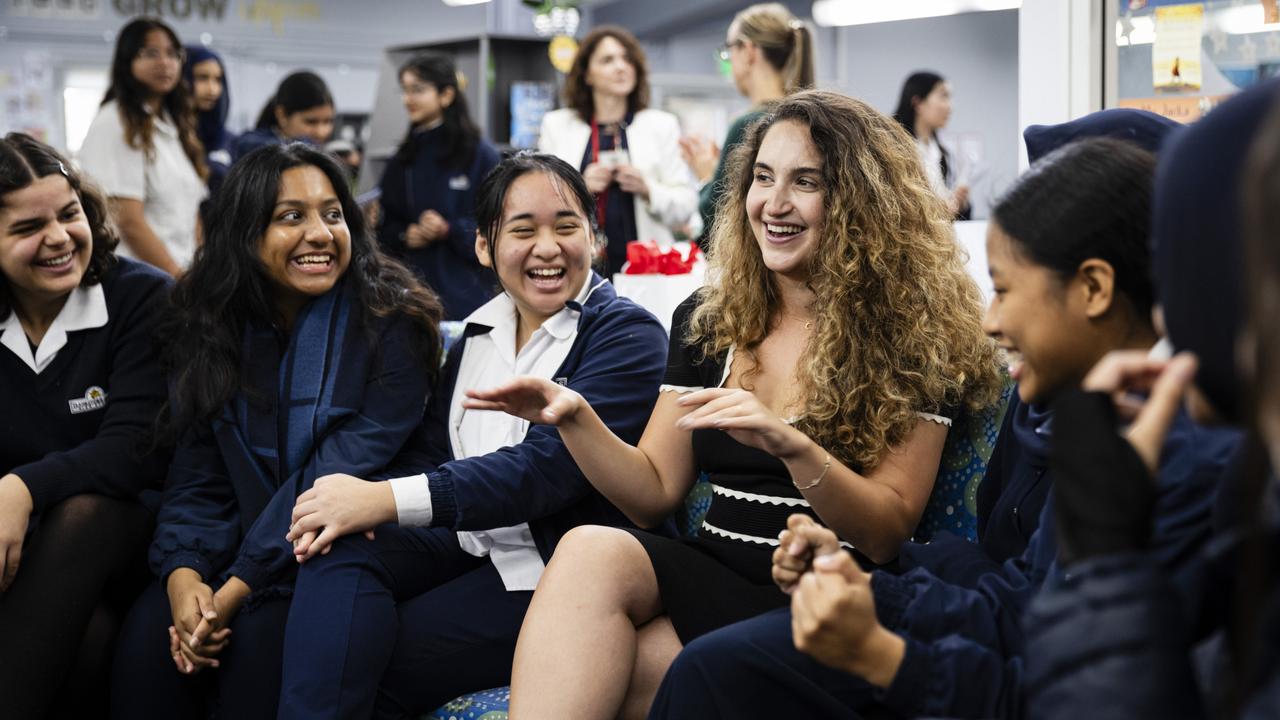
In the last year, 120 students from a total of seven participating schools collaborated on the algae experiment in preparation for launch, conducting ground trials using ExoLabs to determine the ideal growing conditions for algae before comparing and analysing results.
“We used to say the sky’s the limit for our talented high school students … but they are proving there is no limit to their potential as they conduct this experiment in space,” NSW Arts Minister John Graham said. “Casula High’s experiment is on the way to the International Space Station and those who took part in the experiment could be on their way to a big future.”

Launched in 2022, the three-year project was developed by Powerhouse in partnership with Magnitude.io and the NSW Department of Education, with support from the University of Technology Sydney, Fizzics Education and Space Tango. Aligned* with the NSW curriculum’s elective STEM subject for Years 9 and 10 students, and the first initiative of the Lang Walker Family Academy at Powerhouse Parramatta, the program was made possible by the Walker Family Foundation.
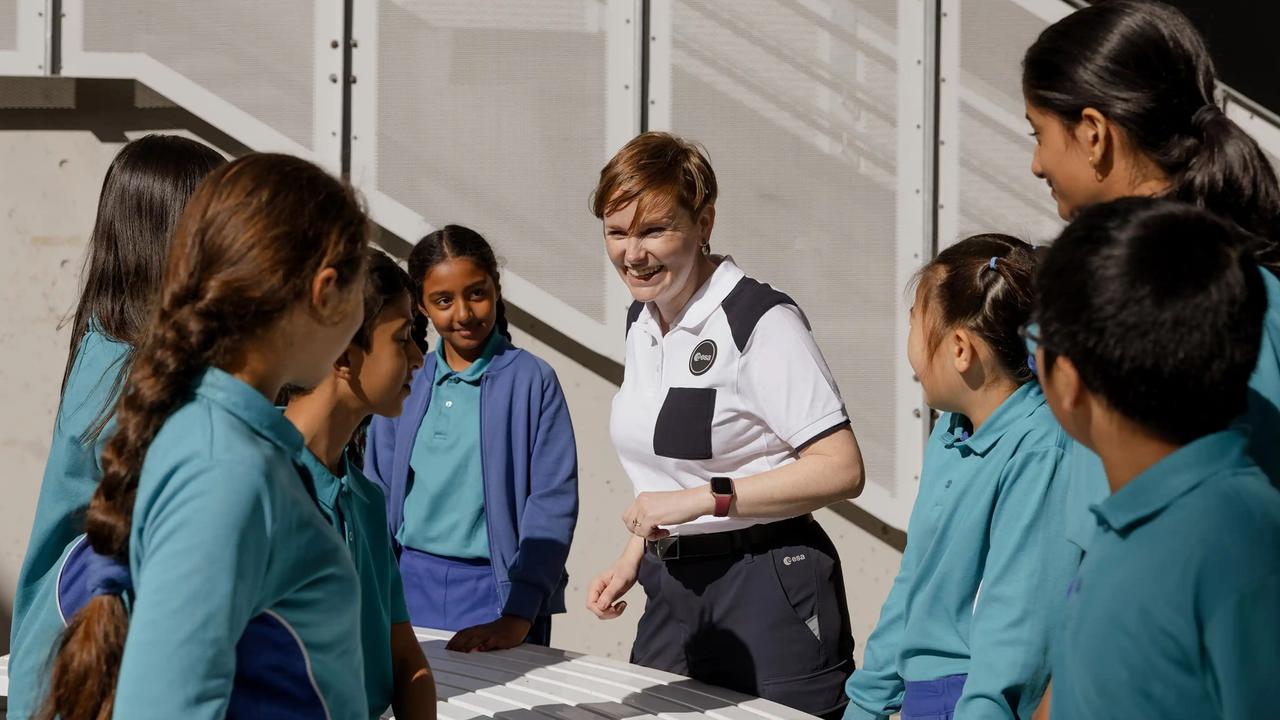
POLL
GLOSSARY
- algae: very simple, usually small plants that grow in or near water and do not have ordinary leaves or roots
- inaugural: the first time something important has happened
- microalgae: mostly single cell marine or freshwater microorganisms invisible to the naked eye
- culmination: the point at which an event or series of events comes to an end
- microgravity: where gravity is almost the only force, or where you cannot feel gravity, as when astronauts experience weightlessness in space
- biofuels: renewable energy sources from plants, algae, or animal biomasses
- microbial: relating to tiny living things that are found all around us
- insulin: a hormone that lowers the level of glucose (a type of sugar) in the blood
- neurons: the fundamental units of the brain and nervous system, the cells responsible for receiving sensory input
- aligned: when one thing or person is the same or similar to something or someone else
EXTRA READING
NASA blasts off to Jupiter’s moon
Aussie team to assess asteroid risk
Two astronauts stranded in space
QUICK QUIZ
- Which school’s experiment was chosen for the project and what was it called?
- What was student theory that will now be tested at the International Space Station?
- How many students from how many schools collaborated in the algae project?
- Who is Australia’s first female astronaut?
- How could space-grown algae be used in future?
LISTEN TO THIS STORY
CLASSROOM ACTIVITIES
1. What do you think?
“We don’t need to know about elections in the USA, Kids News should just focus on Australia.” Do you agree or disagree with this statement? Write a very convincing letter or post to Kids News explaining your opinion on this.
Time: allow at least 20 minutes to complete this activity
Curriculum Links: English, Civics and Citizenship
2. Extension
Do you know how our prime minister is chosen? If you don’t, use your research skills to find out. Which method of choosing a leader do you think is better – the USA’s or Australia’s? Write at least four reasons for your answer.
Time: allow at least 30 minutes to complete this activity
Curriculum Links: English, Civics and Citizenship
VCOP ACTIVITY
Read with Kung Fu punctuation
Pair up with the article between you and stand up to make it easy to demonstrate your Kung Fu punctuation.
Practise reading one sentence at a time. Now read it again, while acting out the punctuation as you read.
Read and act three sentences before swapping with your partner.
Take two turns each.
Now ask your partner to read a sentence out loud while you try and act out the punctuation. Can you keep up? Swap over?
Try acting out two sentences – are you laughing yet?

